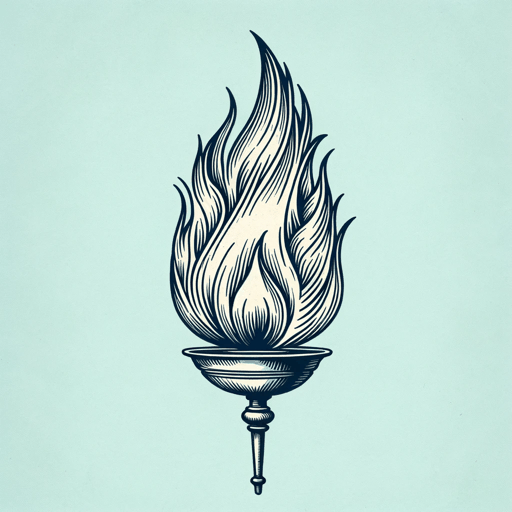48 pages • 1 hour read
Jill LeporeThe Name of War
Nonfiction | Book | Adult | Published in 1998A modern alternative to SparkNotes and CliffsNotes, SuperSummary offers high-quality Study Guides with detailed chapter summaries and analysis of major themes, characters, and more.
Part 4-EpilogueChapter Summaries & Analyses
Chapter 7 Summary: “That Blasphemous Leviathan”
Philip is shot dead by an Indian soldier under Benjamin Church, dragged from a swamp, and beheaded with his body cut into quarters and hung on separate trees. The Indian who shoots him receives one of Philip’s hands, which he thereafter keeps preserved in rum. Philip’s head is displayed on a post at Plymouth during the town’s Day of Thanksgiving and remains on the post for decades. Today, many of Philip’s possessions—his war club, bow, belt, and bowl, among others—reside in museums; it’s possible most of them are fakes.
Years later, Increase Mather’s son, Cotton, removes the jaw from Philip’s still-displayed head; in this way, “he put an end to Philip’s blasphemy (literally, his evil utterances)" (174-75).
Philip’s forces might have won the war had they not been fighting a simultaneous rear-guard action against an incursion of Mohawks from the west. Disease and starvation also plague the Algonquians. No treaty is signed, and the war devolves into occasional raids that persist, off and on, until the French and Indian Wars of the 1750s. “King Philip’s War never ended because, in a figurative sense, it was the archetype of all Indian wars to follow" (177).
Related Titles
By Jill Lepore





